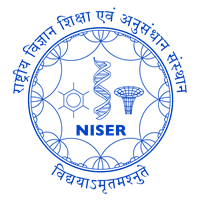

Reader - F
satyaprasadniser.ac.in
+91-674-2494000 > 2294
Device Physics, Semiconductors, Charge Transport, Field Effect Transistors, Photovoltaics, Light emitting Diodes, Medical Diagnostic Devices
Full list of Publications: https://scholar.google.co.in/citations?user=X7YbleIAAAAJ&hl=en
My groups research is majorly focused on scientific understanding of the charge transport and photo-physics of organic semiconductors, perovskites, self-assembled nano-structures and 2D materials. These unconventional semiconductors exhibit a rich variety of transport phenomena and disorder mechanisms which are not exhibited by conventional inorganic semiconductors such as silicon. Moreover, these semiconducting materials are also evolving as an alternative to conventional semiconductors. We utilize a range of electrical, spectroscopy, microscopy and structural characterization to obtain an understanding of the processes/instabilities in these materials. The fndamental understanding developed is then applied into developing high efficient photovoltaic, ultra-bright LEDs, low power flexible electronics and improved medical diagnostic technologies.
P141: Physics Laboratory I
P741: Electronics Theory and Experiment
P344: Solid State Physics Lab